Reorganize the apparatus associated with reducing the number of cadres, civil servants, and public employees and restructuring, improving the quality of cadres, civil servants, and public employees, and improving the effectiveness of state management.
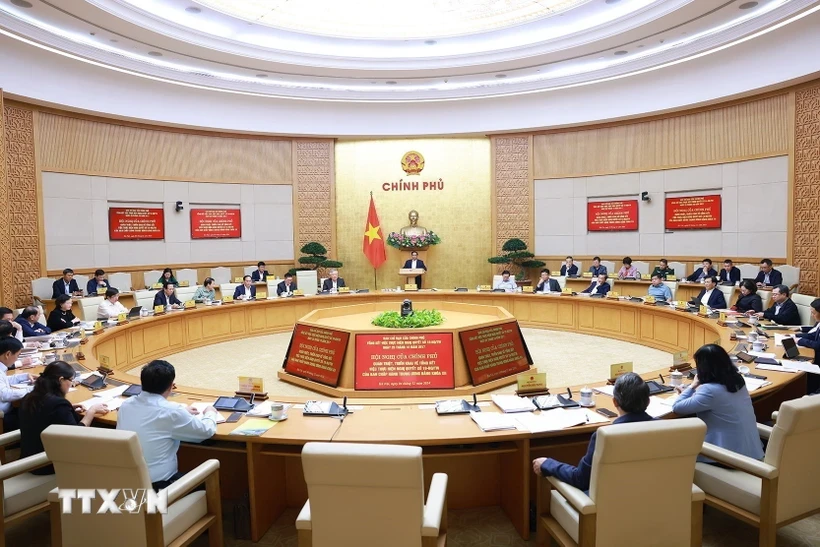
According to the Plan to reorganize and streamline the Government's organizational apparatus, maintain 8 ministries and ministerial-level agencies (with internal organization reorganization and streamlining), restructure, arrange and merge 14 ministries and ministerial-level agencies.
Reorganizing the apparatus associated with staff reduction
The plan sets out a number of general tasks. Agencies and organizations must end the activities of the Party Executive Committee, promptly develop plans to establish Party Committees of ministries, ministerial-level agencies, and agencies under the Government directly under the Government Party Committee; at the same time, develop working regulations and working relationships of Party Committees of ministries after restructuring the organizational apparatus of ministries, ministerial-level agencies, and agencies under the Government, ensuring compliance with the requirements of the orientation to restructure and streamline the organizational apparatus of the Central Steering Committee and the Government Steering Committee.
Carry out the arrangement and streamlining of the Government's apparatus and the internal organization of ministries, ministerial-level agencies, and agencies under the Government (reduce at least 15-20% of internal organizational units, except for the Ministry of Public Security and the Ministry of National Defense, which shall be implemented according to the decision of the Politburo, excluding organizations subject to consolidation and merger due to overlapping functions and tasks when implementing the plan to merge ministries), ensuring adherence to the requirements of the Central Steering Committee's orientation on arrangement and streamlining of the apparatus; at the same time, review all activities of the steering committees in the direction of ending their activities, only retaining steering committees with necessary functions and tasks.
Reorganize the apparatus in conjunction with reducing the number of cadres, civil servants, and public employees and restructuring and improving the quality of cadres, civil servants, and public employees, and improving the effectiveness of state management to meet the requirements of tasks in the new situation.
Review the system of legal documents related to the organization of the Government apparatus to propose solutions for handling the arrangement process; draft regulations on the functions, tasks, powers, and organizational structure of ministries, ministerial-level agencies, and agencies under the Government.
Proposing and resolving policies for cadres, civil servants and public employees in the political system. Guiding the handling of finance, budget, public assets and transitional management of public investment projects in the process of arranging and perfecting the organizational apparatus of the political system.
Plan to reorganize the Government apparatus
For Party committees and organizations, the activities of the Government Party Committee will end, and the Government Party Committee will be established directly under the Central Government, including Party organizations in ministries, ministerial-level agencies, Government agencies and a number of Party Committees in corporations, general companies and state-owned commercial banks (the Army Party Committee and the Public Security Party Committee directly under the Central Government will remain the same as at present); there will be a specialized agency for advising and assisting at the Government Agency.
The Government Party Committee includes: the executive committee, the standing committee, the secretary, and the deputy secretary of the party committee; the standing committee of the party committee includes the Prime Minister as Secretary, the Deputy Prime Ministers, a number of members of the Government and may arrange for 1 full-time Deputy Secretary; the Politburo appoints the personnel of the executive committee and the standing committee of the party committee; stipulates that the standing committee of the party committee performs the same functions and tasks as the current Government Party Committee.
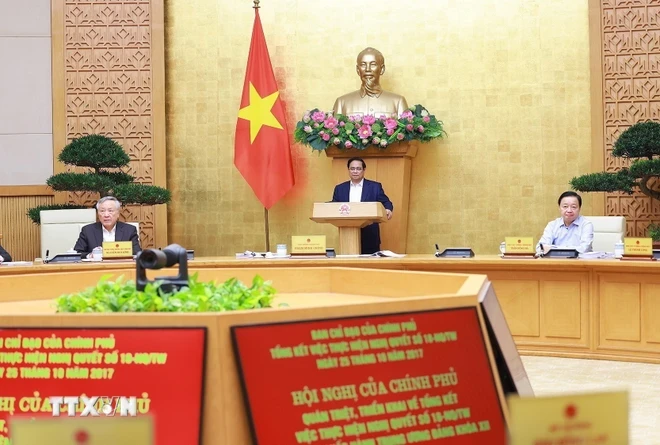
End the activities of the Party executive committees, establish Party committees of ministries, ministerial-level agencies, and agencies under the Government directly under the Government Party Committee, including: executive committee, standing committee, secretary, deputy secretary of the Party committee; the standing committee of the Party committee includes the Minister as Secretary, Deputy Ministers, Head of the Department of Organization and Personnel, and 1 full-time Deputy Secretary; the competent authority appoints personnel of the executive committee, standing committee, secretary, deputy secretary of the Party committee, and stipulates that the standing committee of the Party committee performs the same functions and tasks as the current Party executive committees of ministries, ministerial-level agencies, and agencies under the Government.
Maintain 8 ministries and ministerial-level agencies (with rearrangement and streamlining of internal organization), including : Ministry of National Defense; Ministry of Public Security; Ministry of Justice; Ministry of Industry and Trade; Ministry of Culture, Sports and Tourism; Government Office; Government Inspectorate; State Bank of Vietnam.
"The proposal to maintain the above ministries and ministerial-level agencies is necessary, ensuring stability, inheritance and conformity with current practical requirements," the Plan clearly states.
According to the Plan, structure, Arrange and merge 14 ministries and ministerial-level agencies :
Merge the Ministry of Planning and Investment and the Ministry of Finance . The expected name of the Ministry after the reorganization is the Ministry of Finance and Development Investment or the Ministry of Economic Development (performing the state management function in sectors and fields currently assigned to the Ministry of Finance and the Ministry of Planning and Investment).
Merge the Ministry of Transport and the Ministry of Construction . The expected name of the Ministry after the reorganization is the Ministry of Infrastructure and Urban Areas (performing the state management function of sectors and fields currently assigned to the Ministry of Transport and the Ministry of Construction).
Merge the Ministry of Natural Resources and Environment and the Ministry of Agriculture and Rural Development . The expected name of the Ministry after the reorganization is the Ministry of Agriculture and Natural Resources and Environment (performing the state management function in the sectors and fields currently assigned to the Ministry of Natural Resources and Environment and the Ministry of Agriculture and Rural Development).
Merge the Ministry of Information and Communications and the Ministry of Science and Technology . The expected name of the Ministry after the arrangement is the Ministry of Digital Transformation and Science, Technology or the Ministry of Digital Transformation, Science, Technology and Communications (performing the state management function of the sectors and fields currently assigned to the Ministry of Information and Communications and the Ministry of Science and Technology).
Merge the Ministry of Labor, War Invalids and Social Affairs and the Ministry of Home Affairs into the Ministry of Home Affairs and Labor ; transfer the state management function of vocational education to the Ministry of Education and Training, transfer the state management function of social protection, children, and prevention and control of social evils to the Ministry of Health.
The Ministry of Health proactively coordinates with the Central Organizing Committee in taking over some tasks of the Central Health Care Protection Committee. (when this Board's activities end); at the same time, it is expected to take over state management of: social protection; children; prevention and control of social evils from the Ministry of Labor, War Invalids and Social Affairs.
The Ministry of Foreign Affairs proactively coordinates to take over the main tasks of the Central Foreign Affairs Commission and the National Assembly's Foreign Affairs Committee. (when the activities of the Central Foreign Affairs Committee and the National Assembly's Foreign Affairs Committee end).
The Ministry of Home Affairs proactively develops a plan to reorganize the National Academy of Public Administration by merging it into the Ho Chi Minh National Academy of Politics ; at the same time, presides over and coordinates with the Ministry of Labor, War Invalids and Social Affairs to develop a project to merge the Ministry of Labor, War Invalids and Social Affairs with the Ministry of Home Affairs (after transferring some functions to the Ministry of Education and Training and the Ministry of Health); coordinates with the Ethnic Committee to transfer the functions and tasks of the Government Committee for Religious Affairs to the Ethnic Committee.
The Ethnic Committee proactively coordinated with the Ministry of Home Affairs to develop a plan to receive the Government Committee for Religious Affairs. and coordinate with the Ministry of Labor, War Invalids and Social Affairs to receive functions and tasks on poverty reduction from the Ministry of Labor, War Invalids and Social Affairs.
Also according to the above Plan, the operation of the State Capital Management Committee at Enterprises will be terminated , and its functions and tasks will be transferred to the Ministry of Finance, specialized ministries and relevant agencies. Implementing this plan, it is expected that the functions and tasks of exercising the representative rights of owners for 19 corporations and general companies currently managed by the State Capital Management Committee at Enterprises will be transferred to the Ministry of Finance and Development Investment or the Ministry of Economic Development; the state management tasks of sectors and fields related to the scope of operations of corporations and general companies will be managed by the ministries managing the sectors and fields, ensuring the separation of the state management function from the owner representative function.
For some large corporations (such as Vietnam Oil and Gas Group PVN, Vietnam Electricity Group EVN, Vietnam Posts and Telecommunications Group...), the study determined that the Party organization is directly under the Government Party Committee.
End the operation of the National Financial Supervision Committee, transfer the tasks to the Ministry of Finance, the State Bank of Vietnam and related agencies. Implementing this plan, it is expected that the Committee's tasks will be transferred to the Ministry of Finance and Development Investment or the Ministry of Economic Development, the State Bank of Vietnam.
To carry out the task of general coordination and supervision of the financial market (including securities, insurance, banking), in the context that specialized laws are assigning responsibilities to ministries and branches to perform specialized supervision functions (Ministry of Finance supervises the securities and insurance markets; State Bank of Vietnam supervises banking activities), it is necessary to establish an inter-sectoral coordination organization headed by the Government Leader to direct general coordination and supervision of the financial market.
Arrange 2 Academies of Science and 2 National Universities to ensure efficiency and promote research and training tasks.
For the 2 Academies, option 1: merge the Academy of Social Sciences with the Academy of Science and Technology into the Vietnam Academy of Science; Option 2: maintain the 2 Academies but reorganize and streamline the organization and staff, ensuring improved quality and efficiency of operations, meeting the requirements of the Vietnam Science and Technology Development Strategy.
For the two National Universities (Hanoi and Ho Chi Minh City), it is proposed to transfer Hanoi National University and Ho Chi Minh City National University to the Ministry of Education and Training for management.
Transferring the Ho Chi Minh Mausoleum Management Board into the organizational structure of the Ministry of National Defense . According to Decree No. 61/2022/ND-CP of the Government stipulating the functions, tasks, powers and organizational structure of the Ho Chi Minh Mausoleum Management Board, the head of the Management Board is the Commander of the Ho Chi Minh Mausoleum Protection Command. Accordingly, transferring this Management Board to the Ministry of National Defense for direct management has favorable factors. However, it is necessary to perfect the functions, tasks and powers of the Management Board to improve the effectiveness and efficiency of management and promote the value of the Ho Chi Minh Mausoleum relic site, serve to welcome international delegations and domestic tourists, strengthen international cooperation and protect and preserve the body of President Ho Chi Minh.
Vietnam Social Security structure into the Ministry of Finance and Development Investment or the Ministry of Economic Development . Merge Vietnam Social Security into the Ministry of Finance and Development Investment or the Ministry of Economic Development (reorganize into an independent focal point under the Ministry of Finance and Development Investment or the Ministry of Economic Development).
Implementing this plan will basically still create conditions for Vietnam Social Security to perform its current independent functions and tasks; at the same time, create favorable conditions for the Insurance Management Council (currently chaired by the Minister of Finance) to effectively direct the management of the Social Insurance Fund, unemployment insurance, and health insurance (reducing the number of agencies under the Government to one focal point).
Plan to arrange organizations within ministries and ministerial-level agencies
For general departments and organizations equivalent to general departments, the Steering Committee recommends that ministries and ministerial-level agencies develop plans for arrangement and reorganization, ensuring streamlining, and basically not maintaining the general department model under the Ministry. In case it is necessary to maintain the general department model, ministries and ministerial-level agencies are requested to report to the Government Steering Committee to seek the opinion of the Central Steering Committee for consideration and direction.
For departments and bureaus with general advisory functions, the Steering Committee recommends that each ministry maintain only one organizational focal point corresponding to the following areas: Personnel Organization, Legal Affairs, International Cooperation, Office, Financial Planning, and Inspection.
The departments and offices perform advisory functions and organize the implementation of specialized state management tasks. The Steering Committee recommends reviewing, arranging, and perfecting these organizations in a streamlined manner, in accordance with state management requirements for sectors and fields, only maintaining departments and offices with specialized management objects, ensuring that they meet the criteria and conditions prescribed by the Government.
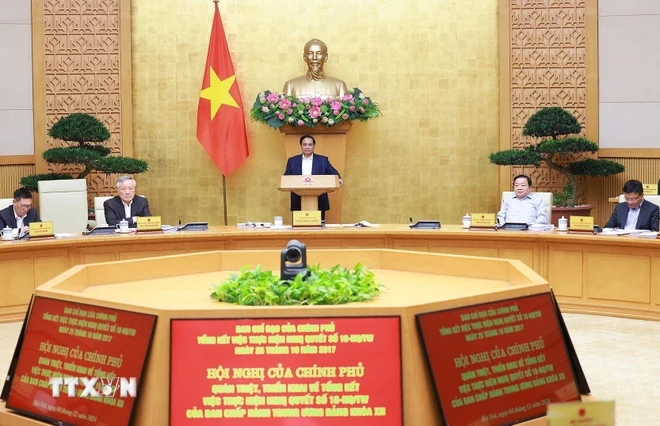
For departments and bureaus with the task of connecting and connecting, it is recommended to arrange and consolidate these departments and bureaus into one focal point.
Minimize the transfer of cases into departments, except in cases where it is necessary to promote decentralization of handling authority according to the state management function of the ministry.
For public service units, it is recommended to arrange and consolidate according to the requirements of Resolution 19-NQ/TW of the 6th Central Conference, Session XII, the Central Steering Committee on summarizing the implementation of Resolution No. 18-NQ/TW, the Steering Committee on summarizing the implementation of Resolution No. 18-NQ/TW, regulations of the Government, and directions of the Prime Minister.
Public service units under the organizational structure of ministries and ministerial-level agencies: Only maintain a maximum of 5 public service units performing state management functions under the organizational structure of ministries and branches (including: Institutes; magazines; newspapers; information centers; schools for training and fostering cadres, civil servants and public employees); at the same time, arrange the internal organization of public service units, ensuring streamlining and meeting the criteria for establishing organizations according to regulations.
Regarding the institute, the Steering Committee proposed to rearrange and reorganize in the direction of reducing the focal point on the basis of implementing the principle of one public service unit providing many public service services of the same type according to the requirements of Resolution No. 19-NQ/TW and in accordance with the planning of the network of public science and technology organizations.
Regarding newspapers and magazines, the Steering Committee recommends that ministries and ministerial-level agencies implement plans to reorganize these units, ensuring that each ministry or ministerial-level agency has only 1 press agency (including: printed newspapers, electronic newspapers and electronic information portals of ministries and branches) and 1 specialized scientific journal (only for prestigious scientific journals in the world and in the country). In the process of reorganizing ministries, in case there are 2 or more newspapers that are self-sufficient in regular expenditure, the immediate plan will be maintained and the reorganization roadmap will be implemented in accordance with the planning of the network of press agencies according to the decision of the competent authority.
Public service units outside the organizational structure of ministries and ministerial-level agencies: Only retain units under ministries and branches serving political tasks and leading units associated with the functions and tasks of ministries and branches that fully meet the criteria and conditions for establishment according to regulations, in accordance with the planning of the network of public service units by industry and field; convert into joint stock companies when meeting all conditions according to the provisions of law. At the same time, review and arrange the internal organization of public service units, ensuring that they meet the criteria for establishing organizations according to the Government's regulations and the requirements for streamlining the organizational apparatus.
Vocational education institutions (colleges, intermediate schools): Implement the arrangement according to Decision No. 73/QD-TTg of the Prime Minister approving the planning of the vocational education institution network for the period 2021-2030, with a vision to 2045, including 4 levels: national, regional, sectoral, provincial, ensuring that by the end of 2025, vocational education institutions will be self-sufficient in regular expenses.
Academies, universities, and colleges: By 2025, it is proposed to self-insure regular expenditures, while reviewing and arranging according to the planning of the network of educational and training institutions associated with improving the level of financial autonomy in accordance with the roadmap for calculating full prices for public career services by industry and field.
For hospitals: Only hospitals under the Ministry of National Defense and the Ministry of Public Security; a few leading specialized hospitals and university hospitals; by the end of 2025, medical examination and treatment facilities (except for facilities operating in the field of specialized medical examination and treatment) will be public service units that are self-sufficient in regular expenditures or higher.
For public service units under offices, departments under ministries, and departments under general departments under ministries: Propose to rearrange public service units providing basic and essential public service services related to the sectors and fields under their management; ensure streamlining, effective and efficient operations; other public service units must self-insure regular expenditures or more.
For the remaining public service units: Require to improve the effectiveness, efficiency of operations and level of financial autonomy. Develop a plan for financial autonomy and convert into a joint stock company when meeting all conditions as prescribed by law.
For Government agencies: Propose to reorganize and rearrange public service units under management in the direction of streamlining, effective and efficient operations, ensuring the principle that one public service unit can provide many public service services of the same type in order to significantly reduce focal points, overcome overlaps, dispersion, and duplication of functions and tasks./
Source




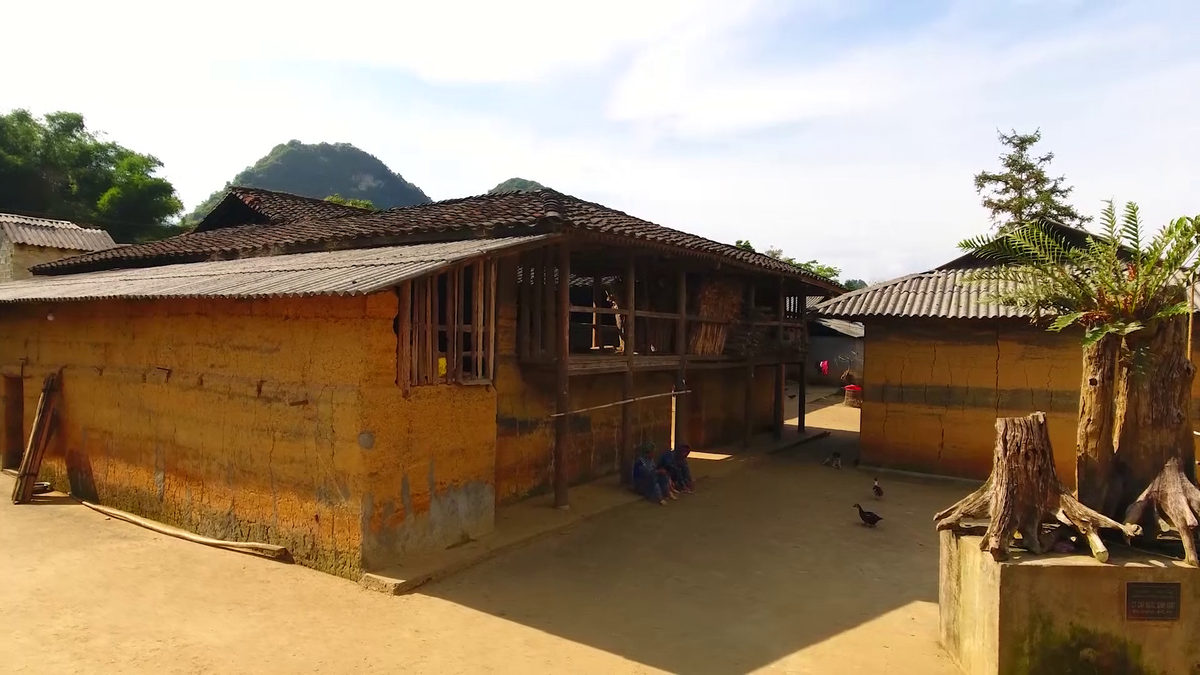
![[Photo] Magical moment of double five-colored clouds on Ba Den mountain on the day of the Buddha's relic procession](https://vphoto.vietnam.vn/thumb/1200x675/vietnam/resource/IMAGE/2025/5/9/7a710556965c413397f9e38ac9708d2f)
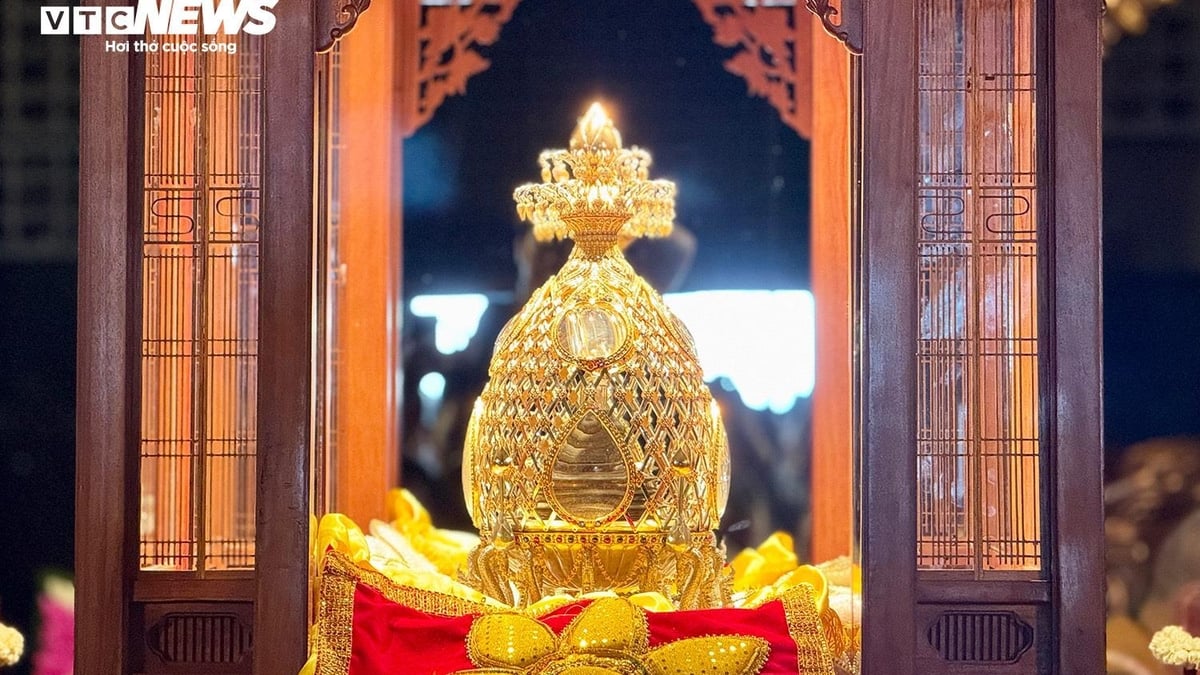



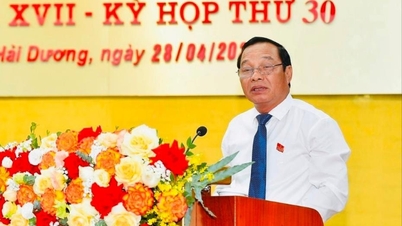

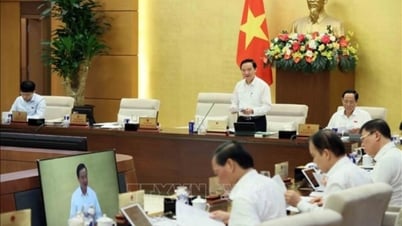

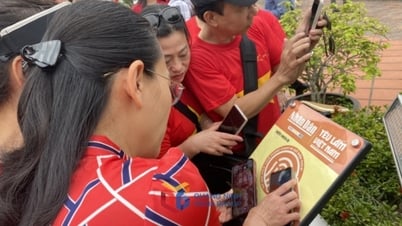
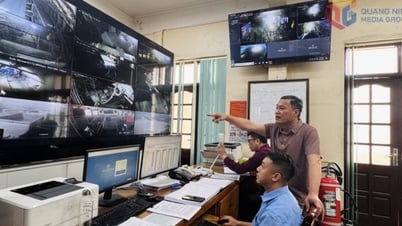









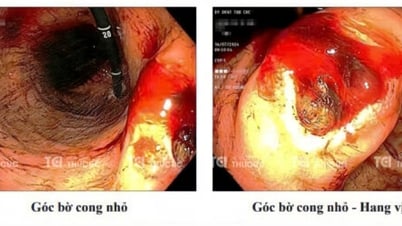
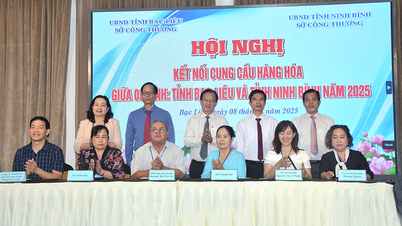
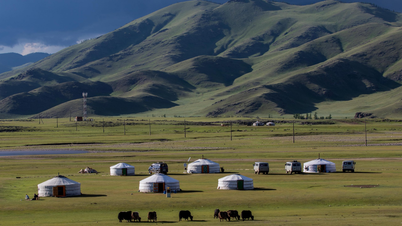

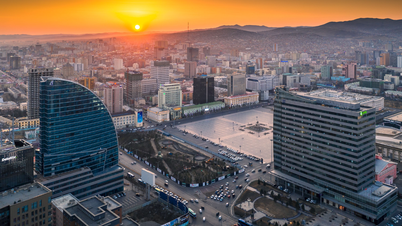

![[Photo] General Secretary To Lam begins official visit to Russia and attends the 80th Anniversary of Victory over Fascism](https://vphoto.vietnam.vn/thumb/1200x675/vietnam/resource/IMAGE/2025/5/8/5d2566d7f67d4a1e9b88bc677831ec9d)

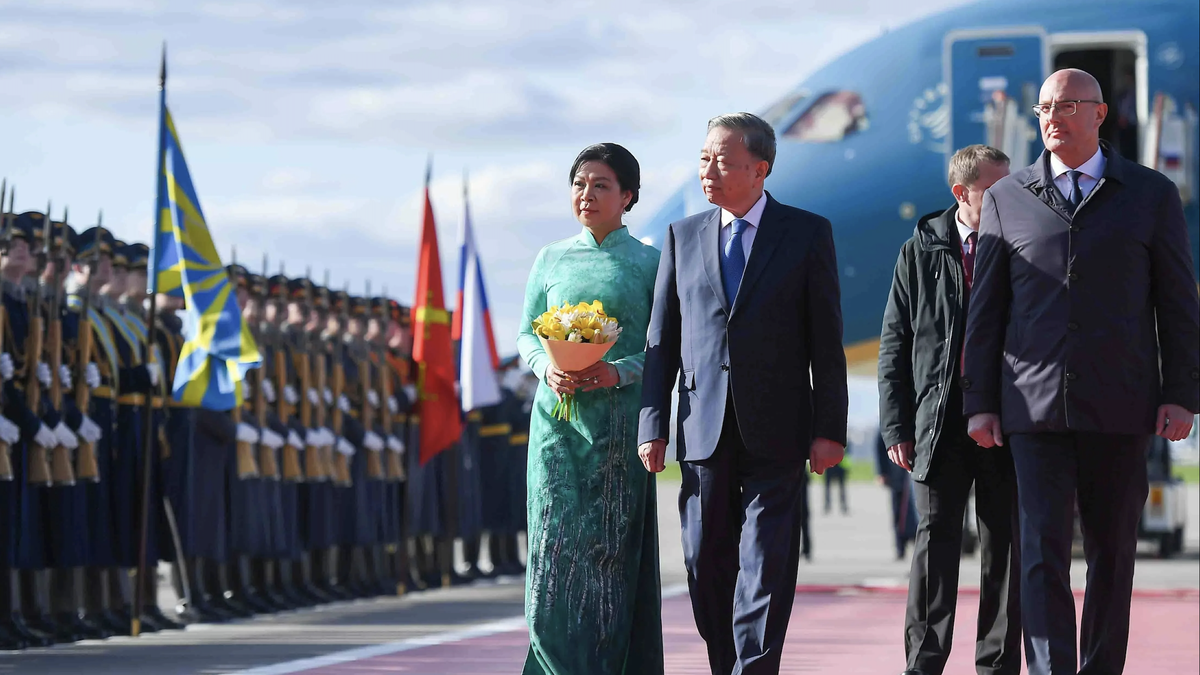
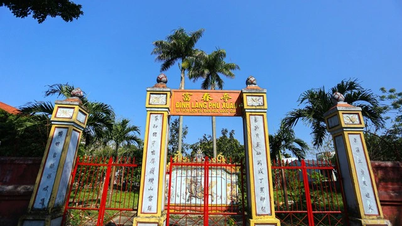



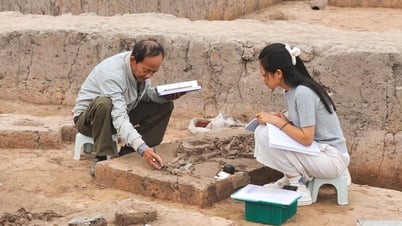


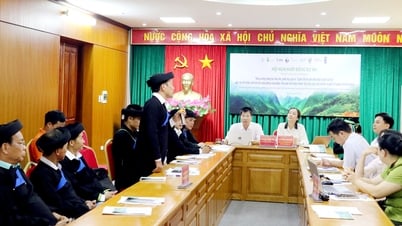



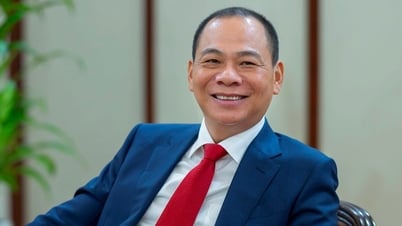

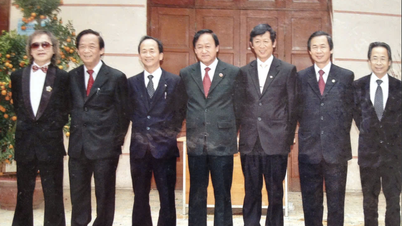



















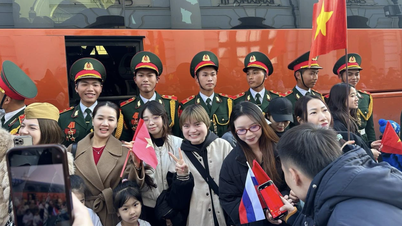
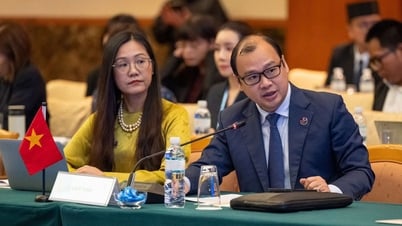

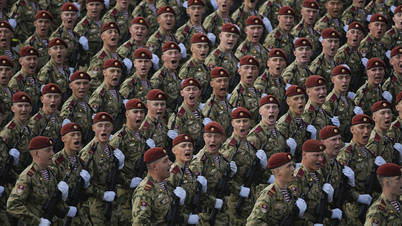



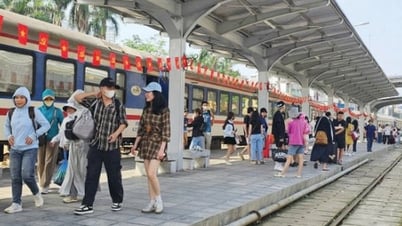

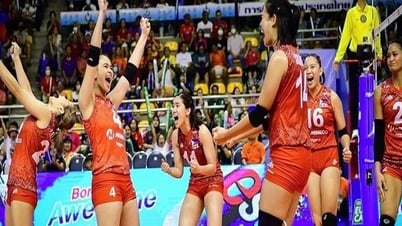



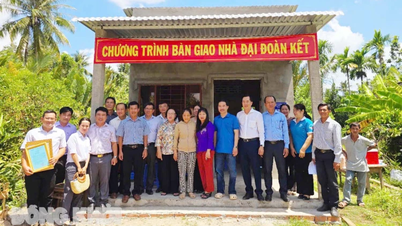


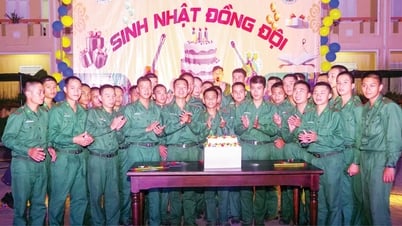


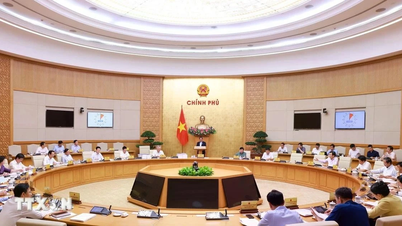












Comment (0)